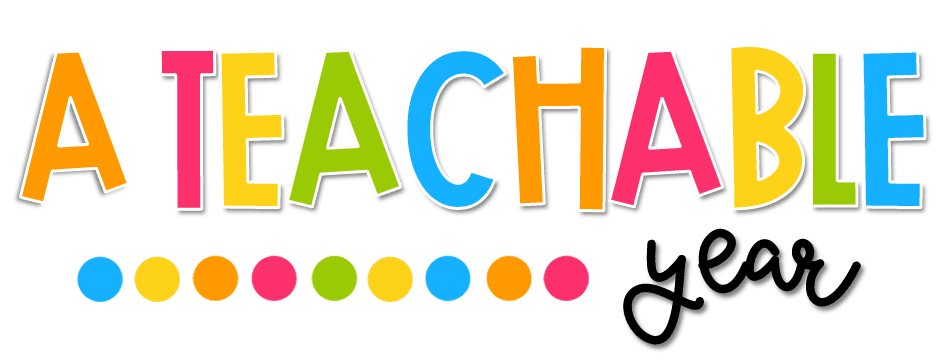If you were to say playdough and vocabulary in the same sentence, you would probably be greeted by a puzzled look. Well, wonder no more as you could help your younger students to practise both their English language and their fine motor skills with this extensive playdough vocabulary set. If you are focusing on space, bugs, parts of the body or weather, this is a must-have for your classroom. Students are given the outline of the playdough shape to copy, along with the colour each section should be. To encourage the use of English words, you could provide them with a sentence starter, such as ‘I have made a...’. For your more advanced learners, you should expect them to come up with their own full sentence and vary them to avoid repetition. This is also an excellent opportunity to compare the use of ‘a’ and ‘and’.
Old Macdonald had a farm
E, I, E, I, O
And on that farm, he had a...This is a popular song amongst young children in many English-speaking countries and could be the perfect way to teach the vocabulary associated with being on the farm. Using that in conjunction with our farm learning pack will provide your students with an engaging unit of work. You could use the flashcards contained in the collection to play the game ‘corners’. Place one flashcard in each corner (with the word covered up) and ask each child, on your instruction, to run (or quickly walk!) to one of the corners. Next, you pick one of the words at random. Anyone not in the corresponding corner is ‘out’. Continue until you have a winner. Another great way of practising animal names is by playing ‘who’s that?’. Have children pick an animal from the flashcards at random, then they can either act it out or make its noise. Students should guess its English name.
Knowing the names of different shops within your local community can be a fun way of stretching children’s ESL knowledge. This My Community pack, focusing on means of transport and stores, has several resources which could be used to develop students’ writing skills or vocabulary through role-play, for example. One fun way of linking transport and stores is by giving students the opportunity to pick one of each and using them in a sentence together, such as I travelled to the toy shop by bus. As well as playing around with the vocabulary, it can be a simple way of practising prepositions linked to transport.
Problem-solving is a wonderful skill for students, and something that can be practised in many lessons. These sorting mats are so much fun. Simply provide students with a couple of different categories, such as farm animals and zoo animals along with the corresponding sorting mats. Students should work out which cards go where. As they are doing so, encourage them to practise using the English words.
WorksheetsAll our ESL students should learn about the home of the language, England. This extensive England vocabulary pack will make it easy for you to teach all about this nation. Students can learn key facts about the country through the use of flashcards and labelling. Additionally, you could combine the new vocabulary with the use of Google earth to see actual images of the key landmarks, such as Big Ben and Buckingham Palace (surely everyone wants to know where the Queen lives!).
In conclusion, learning new words can be a fun and exciting way for English language learners to enhance their English language comprehension and speaking/ writing skills. The basic idea is to present students with new vocabulary in a way that’s interesting and engaging for them. Then, using methods of direct instruction or class discussion, you can introduce the words and encourage students to use them in an appropriate manner in class and their own personal lives.








No comments
Post a Comment
Thanks for your comment!